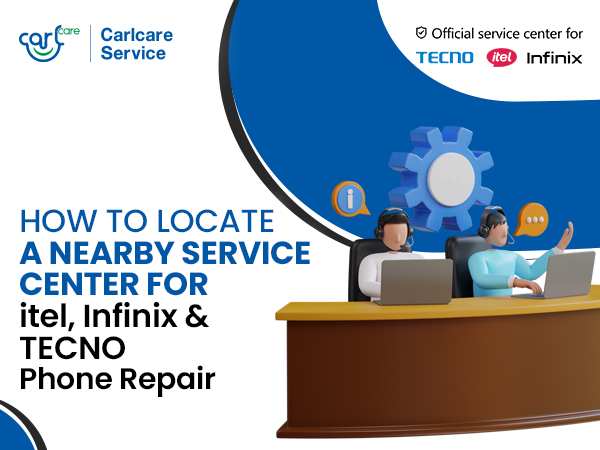Is your laptop dragging along at a snail's pace, making you want to pull your hair out? Don't worry, we understand how irritating that can be. The good news is that there are several things you can do to improve your laptop's performance and get it running smoothly again. Let's take a closer look at each suggestion and how it can help speed things up.

1. Make sure you have the latest updates for Windows and device drivers: Keeping your operating system and device drivers up-to-date is crucial for optimal performance. Check for updates regularly and install them to ensure you have the latest bug fixes and performance improvements.
2. Restart your PC and open only the apps you need: Sometimes, all your laptop needs is a fresh start. Restart your PC to clear out any temporary files or processes that may be bogging it down. Also, avoid opening too many unnecessary apps at once, as they can consume system resources and slow down your laptop.
3. Use ReadyBoost to help improve performance: ReadyBoost is a feature in Windows that allows you to use a USB drive or SD card as additional RAM, which can help improve performance on laptops with limited memory. Simply plug in a compatible USB drive or SD card, go to the Properties of the drive, and enable ReadyBoost to use it as additional memory.
4. Make sure the system is managing the page file size: The page file is a portion of your hard drive that is used as virtual memory when your physical RAM is full. Ensuring that your system is managing the page file size automatically can help improve performance. To do this, go to the Advanced System Settings in Control Panel, click on the Performance Settings, go to the Advanced tab, and make sure the "Automatically manage paging file size for all drives" option is selected.
5. Check for low disk space and free up space: Running out of disk space can significantly slow down your laptop. Check your hard drive for low disk space and delete unnecessary files or move them to an external storage device to free up space. You can also use disk cleanup tools to automatically remove temporary files, recycle bin items, and other unnecessary files.
6. Adjust the appearance and performance of Windows: Windows comes with various visual effects that can impact system performance. Adjusting the appearance settings to optimize performance can help speed up your laptop. To do this, right-click on Computer or This PC on your desktop, go to Properties, click on Advanced system settings, go to the Advanced tab, and click on the Performance Settings button. From there, you can choose to adjust for best performance or customize the visual effects to your preference.
7. Pause OneDrive syncing: OneDrive is a cloud storage service that automatically syncs files and folders to the cloud. However, this continuous syncing process can consume system resources and slow down your laptop. If you're not actively using OneDrive, you can pause the syncing process to improve performance. Right-click on the OneDrive icon in the system tray, go to Settings, and click on the Files tab. From there, you can click on the Pause syncing button.
8. Disable unnecessary startup programs: Many programs are configured to start automatically when you boot up your laptop, and they can significantly impact startup time and system performance. Review the list of startup programs and disable any unnecessary ones. You can do this by opening the Task Manager, going to the Startup tab, and disabling the programs you don't need to start automatically.
9. Check for and remove viruses and malware: Viruses and malware can hog system resources and slow down your laptop. Run a full system scan using a reputable antivirus or antimalware program to check for any malicious software and remove them if found. Also, make sure you scan your laptop for virus at least once a week.
10. Restoring your PC from a system restore point can be a helpful option to speed up your laptop. A system restore point is a snapshot of your computer's settings and configuration at a specific point in time. If you encounter performance issues or errors on your laptop, you can use a system restore point to revert your PC back to a previous state when it was functioning properly.
To restore your PC from a system restore point, go to the Control Panel and search for "System Restore." Open the System Restore tool and select a restore point that predates the performance issues. Follow the on-screen instructions to initiate the system restore process. Note that this will not affect your personal files, but it may uninstall any software or updates installed after the chosen restore point. System restore can be a useful troubleshooting step to fix performance issues caused by recent changes or updates to your laptop's settings or software.
If you encounter any issues with your Infinix laptop, you can rely on the prompt support from Carlcare, an authorized service provider for Infinix laptops. You can simply call our hotline number at 18004190525, and our team of professionals will take care of the rest. Carlcare uses 100% original spare parts and provides genuine repairs at the earliest possible time. With their expertise and authorized status, you can trust us to provide reliable and efficient solutions for any problems you may face with your Infinix laptop. Yes, We Care.

















